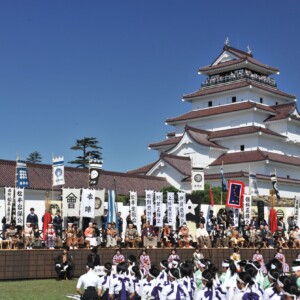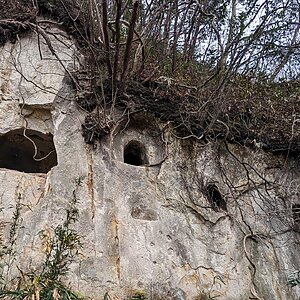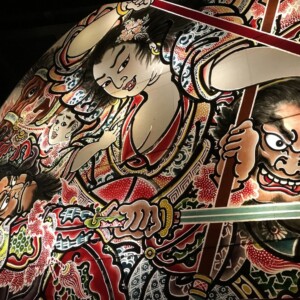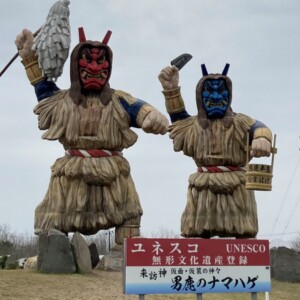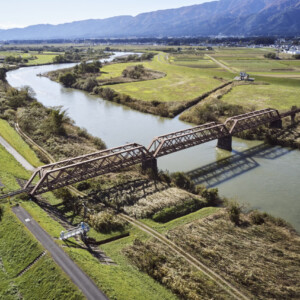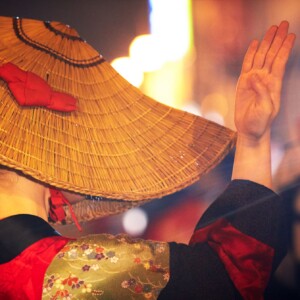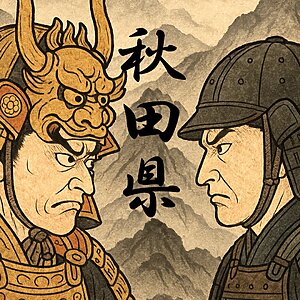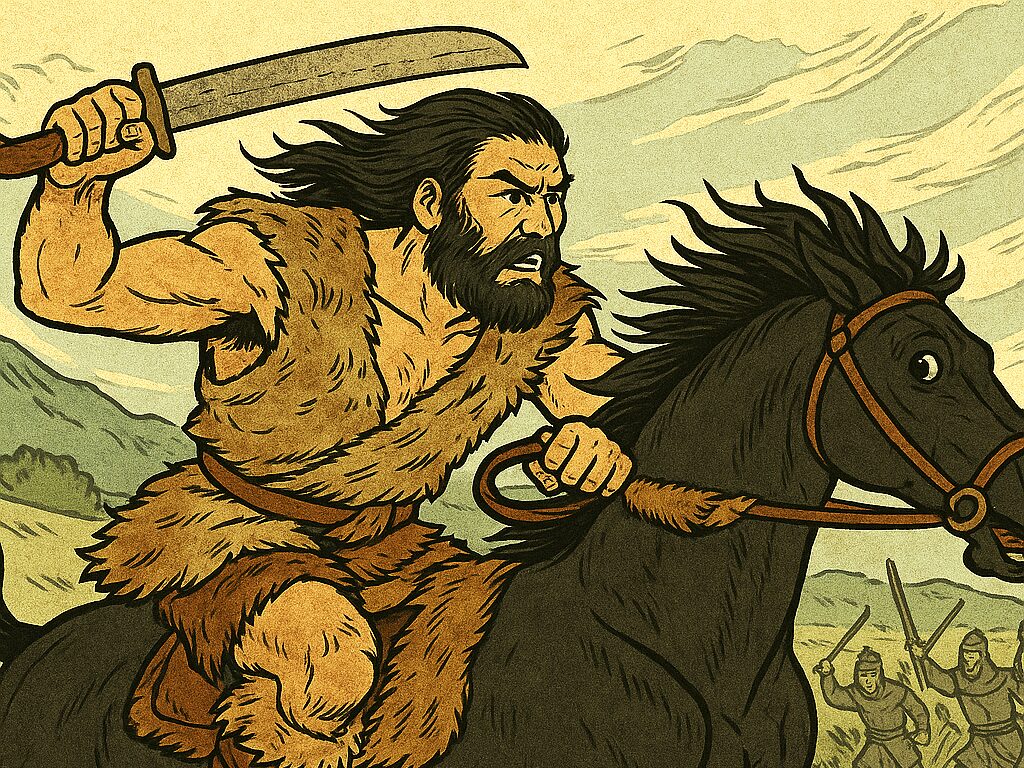
The missing link in the birth of the Japanese sword? What is the "Warabito" wielded by the Emishi? [Part 1]
table of contents
- 1 Introduction
- 2 What kind of weapon is a "Warabite sword"?
- 3 The change from the Warabite sword to the "tweezers-shaped Warabite sword"
- 4 The Missing Link Between the "Efu no Tachi" and Japanese Swords
- 5 [Series] The missing link in the birth of the Japanese sword? What is the "Warabito" wielded by the Emishi?
Introduction
The people known as the "Emishi" lived under a different order from the Yamato royal authority, mainly in the ancient Tohoku region
Because they excelled in horse archery and were brave, they were said to have the strength of one hundred soldiers and were held in awe.
This can be inferred from the fact that it was used in Yamato for personal names such as "Soga no Emishi" and "Saeki no Imae-hito."
However, in order to expand its territory, Yamato has been taking military action since ancient times to bring the Emishi people under its influence.
In particular, there were large-scale conflicts from the end of the Nara period to the beginning of the Heian period, which are sometimes referred to as the "Thirty-eight Years' War" in the Tohoku region
Through this war, one weapon underwent remarkable development: the sword.
the "warabito" used by the Emishi is well known, and it has been discovered that this sword actually influenced the creation of the Japanese sword.
The ancient swords that are the origin of the Japanese sword were often straight, but for a long time it was unknown how they evolved into curved swords.
However, the clue to solving this mystery lies in the Emishi Warabite sword.
What kind of sword was the Warabite sword, which could be said to be the missing link in the birth of the Japanese sword?
In this article, we will focus on the Warabite sword, a famous Emishi weapon.
What kind of weapon is a "Warabite sword"?
First, let's take a look at what kind of weapon the Warabite sword was, its characteristics and an overview.
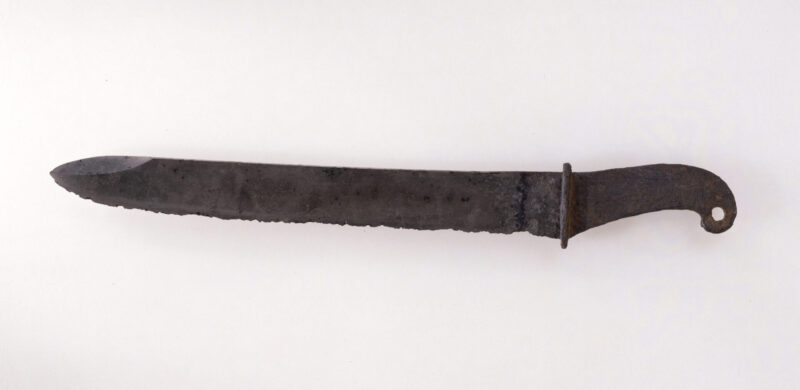
The name "warabiteto" comes from the fact that the handle has iron parts wrapped around it, creating a spiral shape resembling a bracken.
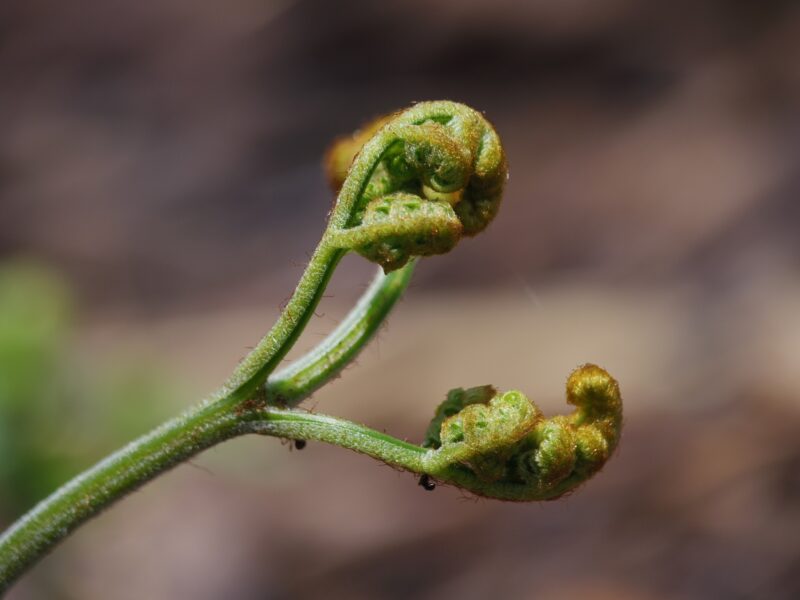
Although the length varies, most swords are around 50cm long, and the early models are almost straight, roughly the same size as a samurai's wakizashi.
The handle is made of the same material as the blade, a style known as "Tomogane-zukuri ." Regardless of its length, the handle is short and designed to be held in one hand, and it is thought that the handle was directly wrapped around the blade to form a grip.
Another distinctive feature is that the handle is angled towards the blade, and it is often eye-catching that it forms a "U" shape from the base of the tsuba.
Its origins are not well understood, but it is believed that it is not a completely original weapon made by the Emishi, but rather that its ancestors are iron weapons such as those made by the Yamato. The oldest excavated example that can be confirmed at present is an artifact from Nagano Prefecture.
Most of them have been discovered as grave goods in ancient tombs and graveyards, and are typically found concentrated in the Tohoku and Hokkaido regions

On the other hand, because they have been passed down as treasures in the Shosoin Repository in Nara, and a few examples have been excavated in San'in, Shikoku, and Kyushu, it has "prisoners of war" .
According to Ishii Masakuni, who has systematically studied Warabite swords, they are classified into three types: Type I is a type similar to a wide straight sword found mainly in Hokkaido and Tohoku; Type II is a slightly narrower type found mainly in the Chubu and Kanto regions; and Type III is a type that has only been passed down and excavated in small numbers in western Japan.
Of these, Type II is the oldest and Type I is the newest.
Because of its short length, the Warabite sword was originally thought to have been used not only for close-quarters hand-to-hand combat, but also as a machete.
On the other hand, ancient documents state that the Emishi were skilled in mounted tactics, so it was also assumed that the sword might have been a suitable weapon for slashing down from horseback.
However, it is thought that this was not realistic as it was too short to attack from horseback, but some say that the angle of the blade and handle may have acted like a pseudo-curve, making it effective for slashing attacks.
In fact, the appearance of the Warabite sword changes over time, gradually acquiring a curve.
Next, let's look at the issue of changes in the shape of the Warabite sword.
The change from the Warabite sword to the "tweezers-shaped Warabite sword"
As mentioned in the previous section, it was possible that the shape of the Warabite sword was also suitable for slashing attacks, but one of the issues that could be raised was how to deal with the "impact" that would occur when actually wielding this weapon.
The handle is made of a single piece of iron that is continuous with the blade, so it is expected that all of the impact of a slash will be reflected back to the user.
Roughly speaking, it is thought to have had a similar reaction force to when hitting something hard with an iron bar, and it must have been quite a strain on the person wielding it.
Furthermore, if it were swung from a galloping horse, the impact would be even greater.
By the way, if you imagine a Japanese sword worn by a samurai in the early modern period, the part below the blade is a core structure that fits into a handle called a "nakago". This is usually covered with a wooden handle, wrapped in shark skin, and then wrapped with handle thread, with several small triangles of compressed Japanese paper inside. This structure also absorbs the impact of a slash, and you can see that it has a more substantial cushioning function than a warabi-de-to.
Warabiteto has come up with one answer to these problems.
This involves hollowing out the center of the handle, which is made of the same steel, to create a pseudo-cushion in the grip.
It is believed that this innovation softened the impact when slashing, reducing the strain on the user.
Furthermore, the Warabite sword gradually evolved to have a curved blade, further enhancing its shape for slashing attacks.
In fact, when looking for similar examples in world history, it is said that we can find a universal tendency for swords to become curved, especially among horse-riding peoples.
This is proof that when a sword is swung in a slashing motion from a galloping horse, a curved sword is more efficient at absorbing the impact than a straight sword.
Furthermore, when cutting an object with a sword, it is known that the blade acts at a sharper angle than it appears due to the so-called pulling action, which is called the "principle of the slope."
When a curved sword is swung in an arcing trajectory, it naturally results in a pulling slash, so it can be said that its shape allows for the skillful use of the principle of slope.
It is possible that the reason why the Warabite sword was transformed into this curved sword was because it was used for slashing attacks.
In fact, it is known that the early Warabite sword gradually grew in length, and it is not impossible that it was used for fighting from horseback, combined with the development of a handle with a tweezers-shaped opening.
The Missing Link Between the "Efu no Tachi" and Japanese Swords
When we combine the elements that the Warabite sword has acquired, namely, the openwork handle and the curved blade, the shape of a single sword comes to mind.
It is a very old type of Japanese sword, also known as the "Efu no Tachi" or "Tweezer-shaped Tachi."
The shape is easy to understand if you imagine the portrait of Minamoto no Yoritomo, which is often found in textbooks.
There is a tweezers-like openwork pattern in the center of the handle, and it is made of iron. This structure is the same as that of a tweezers-shaped warabi-te sword, and even though openwork patterns have fallen out of use over time, some swords still retain this pattern on their handles.
There is a theory that Tachi is the origin of the Japanese sword, which was created by adopting the functions of the Warabite sword
In fact, how the curved Japanese swords we know today evolved from the straight swords of ancient high-grade swords has long been a mystery in sword studies.
This the "curved Japanese sword," but the transitional weapon from a straight sword to a curved sword remained a mystery for a long time.
However, the Warabite sword, with its tweezer-shaped openwork handle and curved blade, is thought to be the missing link.
In other words, the hypothesis is that the Yamato soldiers who fought against the Emishi during the 38-year Tohoku War re-imported the superior functions of the Warabite sword and developed the Japanese sword.
This may be evidence of the fierce hand-to-hand combat that took place.
In battle, bows and arrows and long-handled spears are considered the main weapons, but when the distance gets closer, weapons such as swords and daggers become lifelines.
The reason why swords were developed out of a need for swords that had cutting power and could withstand impacts was probably because there were many opportunities for close-range combat.
The Emishi were known for their bravery and were held in awe, and their weapon, the Warabite sword, is thought to have been the key to the creation of the Japanese sword.








![The missing link in the birth of the Japanese sword? What is the "Warabito" wielded by the Emishi? [Part 2] Image of Ezo blacksmiths](https://jp.neft.asia/wp-content/uploads/2025/08/aa2cc4e3e2621b305b50876d1bdbcf6e-150x150.jpg)
![The missing link in the birth of the Japanese sword? What is the "Warabito" wielded by the Emishi? [Part 2] Image of the excavation of the Warabite sword](https://jp.neft.asia/wp-content/uploads/2025/08/3fa865ad9b455f9e479b9ca83e25df3c-150x150.jpg)
![[Part 1] Who is the Oshu "Maikusa Blacksmith"? Explaining the influence they had on the development of Japanese swords! Maikusa swordsmith (image)](https://jp.neft.asia/wp-content/uploads/2025/09/f81bd5fe0ff542789108e6dda557ec4b-150x150.jpg)
![[Part 2] Who is the Oshu "Maikusa Blacksmith"? Explaining the influence they had on the development of Japanese swords! A swordsmith offering a sword to the shrine (image)](https://jp.neft.asia/wp-content/uploads/2025/09/381015b3269eee5482fc4d248acc74b3-150x150.jpg)
